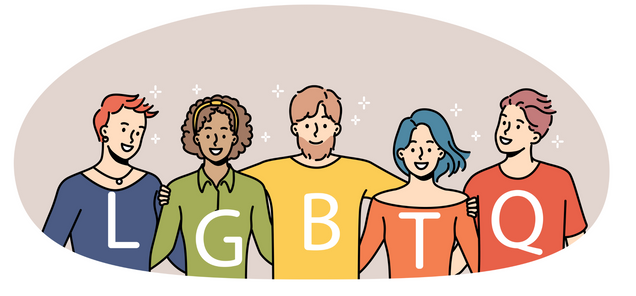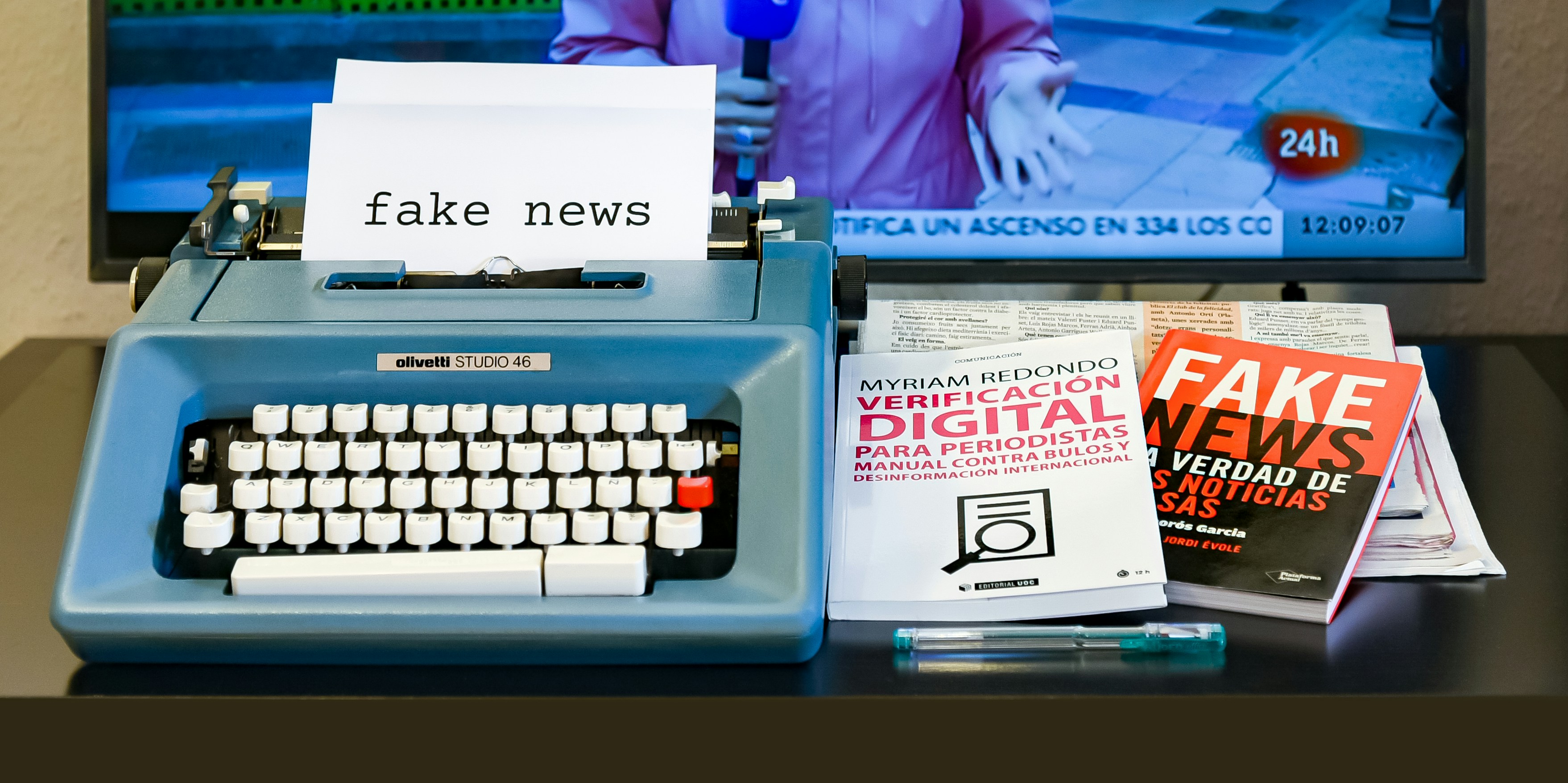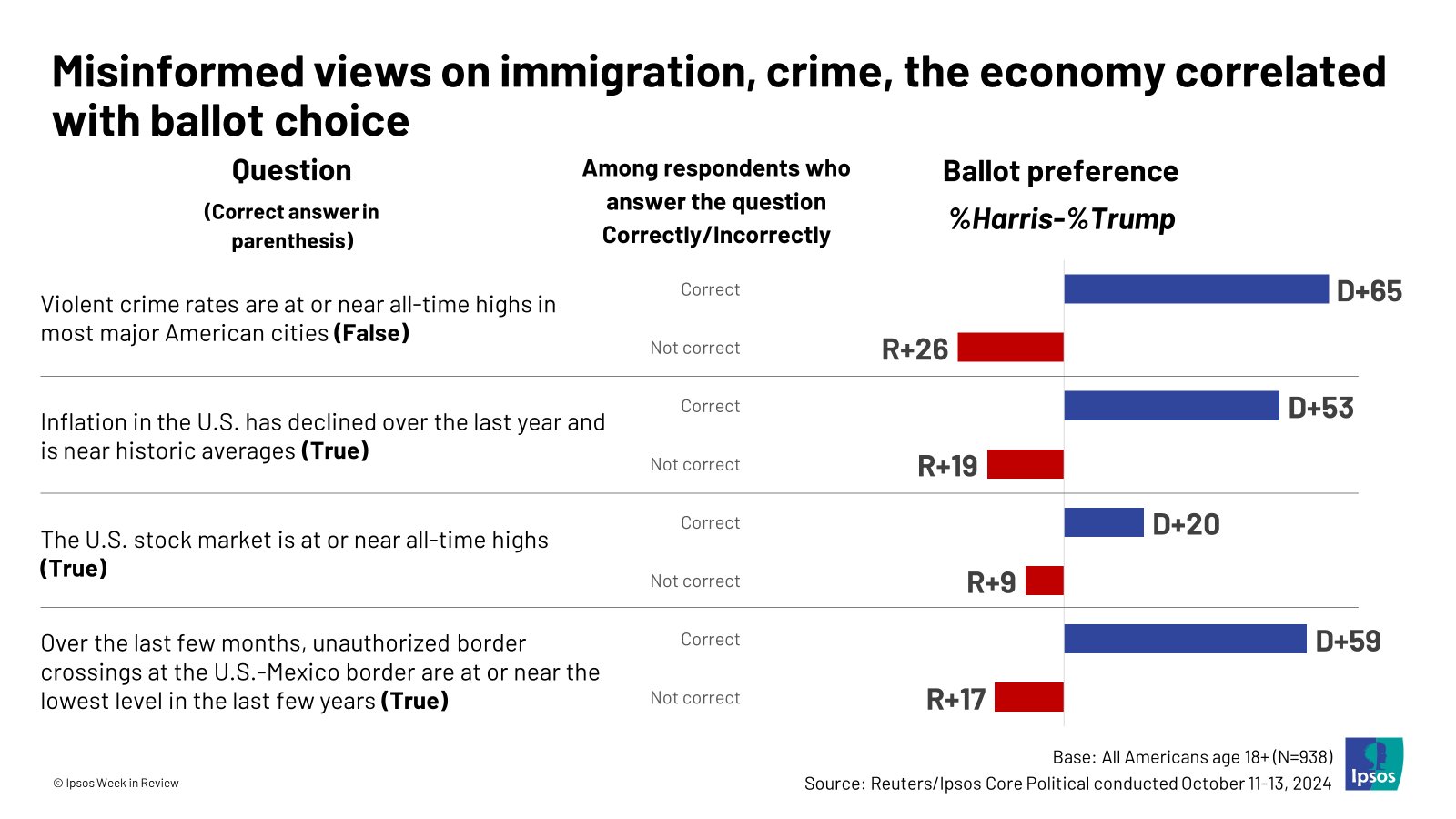Letter from the Director: May 2025
The Spring 2025 Semester in Review
By: Michelle Amazeen
With the end of another semester, I have been reflecting upon the many activities in the CRC and among our fellows in 2025, thus far.
At a time when external research funding has been increasingly difficult to attain (and retain), the CRC continued its annual call for Faculty Research Seed Grant proposals with the aim of fostering inter-departmental, cross-disciplinary collaborations on communication-related issues to help society engage with modern challenges. Moreover, we expanded internal grant funding opportunities with our inaugural call for proposals for the Hugo Shong Misinformation Faculty Research Grants which seek to support research aimed at improving information quality and protecting democratic institutions. You can read about the awardees and their projects in the pages that follow.
For assistance in identifying external funding opportunities, fellows are encouraged to engage with Agnes Burt (agnesb@bu.edu) of BU Foundation Relations and Jennifer Grodsky (grodsky@bu.edu) of BU Federal Relations. For grant pre- and post-award processes, COM’s Amanda King and team offer support. Contact Amanda (ajk90@bu.edu) for more details.

Our Colloquium Series consists of monthly research presentations that highlight the original research of our CRC fellows and, on occasion, special guests. I would like to thank our 2025 spring Colloquium speakers which included special guest, Dr. Mara Einstein, Professor of Media Studies at City University of New York, who gave a talk in February on her recent book, Hoodwinked. In March, we heard from Dr. April Yue, Assistant Professor of Public Relations, about internal organizational communication.

And in the month of April, Dr. Ejae Lee, Assistant Professor of Public Relations, shared her research on how individuals form opinions about a corporation’s authenticity. You can read about and see recordings of these presentations as well as those from many of our past Colloquium speakers on our website.
In addition to our Colloquium Series, every semester our fellows nominate a distinguished scholar from outside the university to share their outstanding scholarship, expertise, and experience with the BU community. Our distinguished lecture series is a tribute to Dr. Melvin L. DeFleur, a past colleague, to honor his contributions to the fields of communication and media research. This spring, we were honored to host Dr. Seth Lewis (University of Oregon) as our DeFleur Distinguished Lecturer who spoke about “Humans, Machines, and News: Research Approaches for Making Sense of Generative AI and Journalism.” A recording of his talk is accessible on our website, as well.

In promoting a culture of research and collaboration, our fellows had opportunities throughout the semester to gather in person. Our monthly Work-In-Progress meetings enabled fellows to informally discuss their research with the intent of idea exchanges surrounding any aspect of research efforts (collaboration, theoretical premises, study design, methods, resources, analysis issues, literature searches, conference presentations, etc.). While we will continue these meetings in the future, please let me know if you have ideas for improvement or other ways to foster opportunities for intellectual inquiry.
The CRC has two formal outreach programs designed to enhance public access to the work of our faculty fellows: the Media & Technology Public Opinion Poll and “The COMversation” podcast. Since its inception in January 2022, the COM/CRC Media & Technology Public Opinion Poll has enabled faculty fellows to advance their thought leadership on a variety of information integrity topics. This past semester, our polls involved social media content moderation (January) and dating apps (February) leading to media coverage in BU’s The Brink, Forbes, Poynter, Culture Vulture, and in Sherwood News. Although the polling has been paused in light of budget reduction requests by BU leadership, we hope the suspension is temporary. Faculty members with ideas for a future poll can get involved by completing this Google Form.

To make communication research even more accessible to the public, the CRC launched The COMversation, a podcast that connects academic insights with current events. Hosted by Dr. Charlotte Howell – who was a 2025 Dean’s Award recipient for her work on the podcast – three new episodes were released this spring. Our March episode was about the 2025 Oscars, featuring Dr. Deborah Jaramillo (COM) and Prof. Betsy Walters (CAS). April featured an interview with Dr. Mara Einstein (CUNY) about her new book Hoodwinked. Our May episode is about Youth in Media featuring Dr. Bruno Guaraná (COM) and Dr. AnneMarie McClain (COM). More episodes are being prepared for release over the summer, so be sure to follow The COMversation on Spotify or iTunes and give us a listen!
Given the University’s commitment to engaging students in research, the CRC continued to facilitate fellows’ efforts to recruit students as research participants via our SONA research participant management system. The SONA system gives both graduate and undergraduate students an opportunity to become involved with various research activities across COM while earning course credit for doing so. This semester, 83 research studies were available to over 600 students from 39 different COM courses. 11,841 data points across all studies were collected. I hope you will consider registering your courses for the fall 2025 semester. For more information about how our SONA program works, please visit our website or email comsona@bu.edu.
Last but not least, I am incredibly grateful for the commitment and hard work of our staff this spring. Many thanks to our Lab and Research Manager, Amanda King, who has made our facilities a welcoming place for scholarly activities and has skillfully trained both experienced and emerging researchers on the technologies offered by the CRC. I would also like to thank our wonderful student assistants who helped to keep the Center running. Yelena Rodolitz (EMS) was our SONA administrator assisting with the behind-the-scenes work on our research participant management system and also assisted with research projects in the Center. Yifang “Violet” Li (MCR) was our Communications Assistant writing about, filming, and promoting our activities and our fellows. And Abby Bonner (FTV) and Eliza Lakritz (MS) were our Podcast Assistants developing the protocols and processes for our podcasting efforts and editing and producing the episodes. Thanks to you all!
To our CRC community of fellows, I wish you a wonderful summer with time to relax and recharge. I look forward to seeing you in the fall.




 Grundmann’s upcoming research marks a departure from his previous work, in both a literal and figurative respect. As he embarks on his Fulbright journey overseas, his work invites us to consider the ways in which media representations shape our understanding of historical events. His newest publication, On Shoreless Sea: The MS St. Louis Refugee Ship in History, Film, and Popular Memory, is anticipated for release this year and will explore this theme in more detail. However, readers should also expect his publication based on his ongoing research to hit the market at some point in 2026. More information regarding Dr. Grundmann’s publication history and academic background can be found on his
Grundmann’s upcoming research marks a departure from his previous work, in both a literal and figurative respect. As he embarks on his Fulbright journey overseas, his work invites us to consider the ways in which media representations shape our understanding of historical events. His newest publication, On Shoreless Sea: The MS St. Louis Refugee Ship in History, Film, and Popular Memory, is anticipated for release this year and will explore this theme in more detail. However, readers should also expect his publication based on his ongoing research to hit the market at some point in 2026. More information regarding Dr. Grundmann’s publication history and academic background can be found on his 

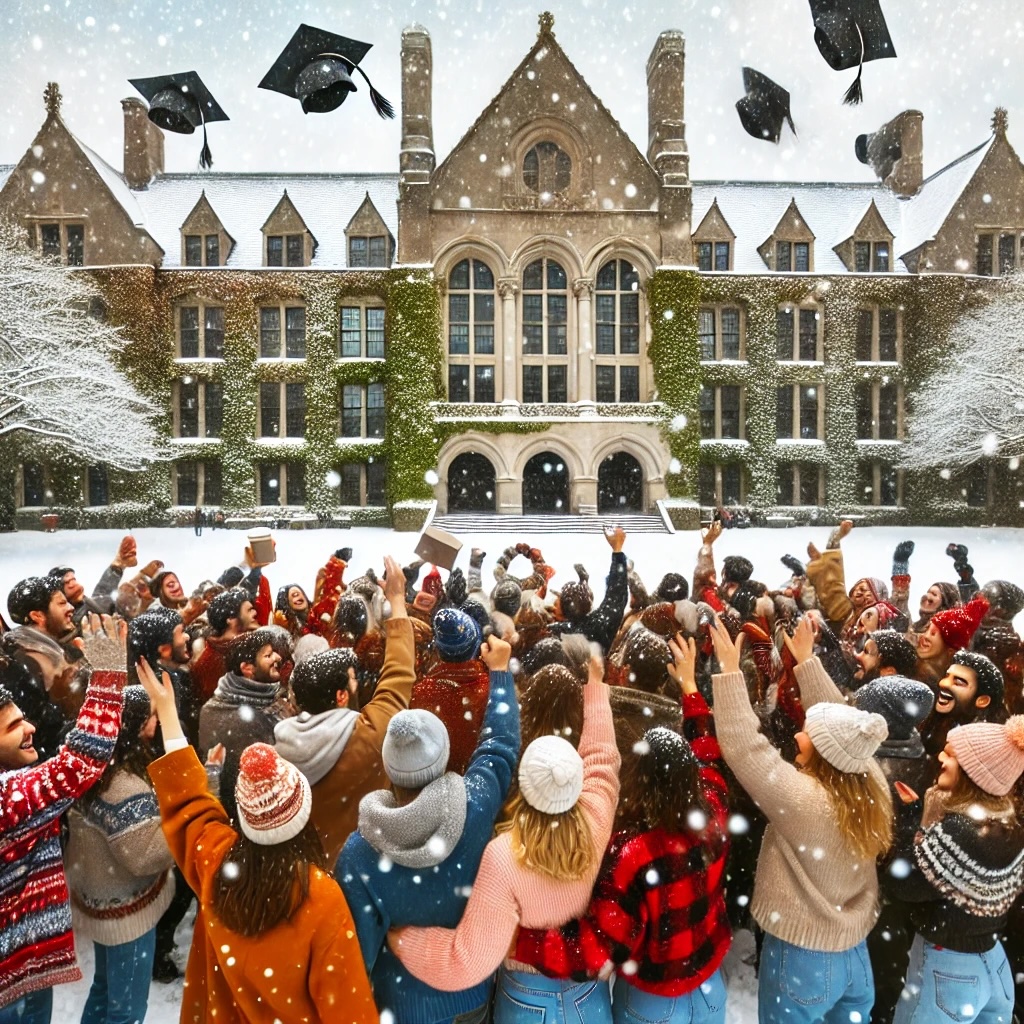
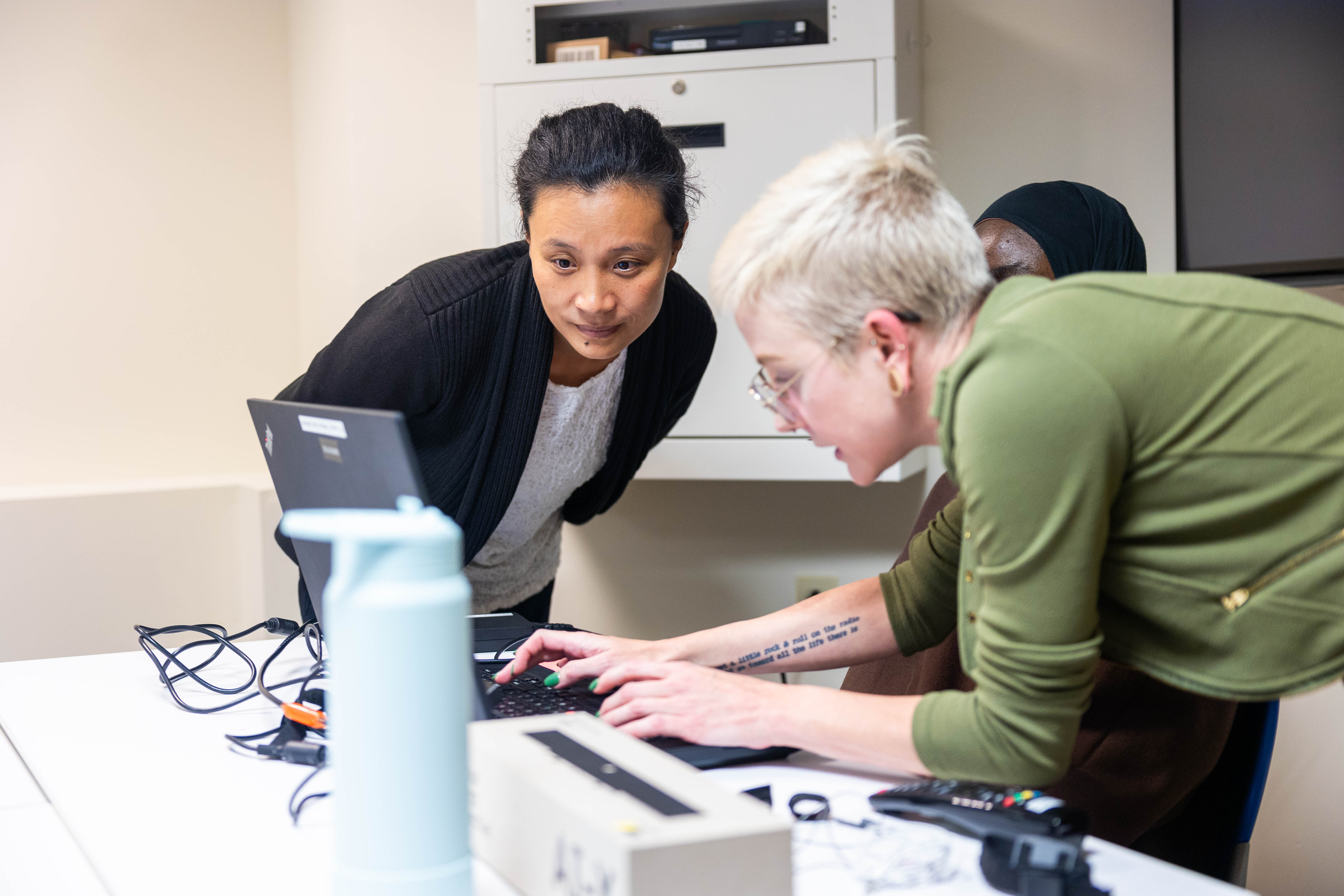
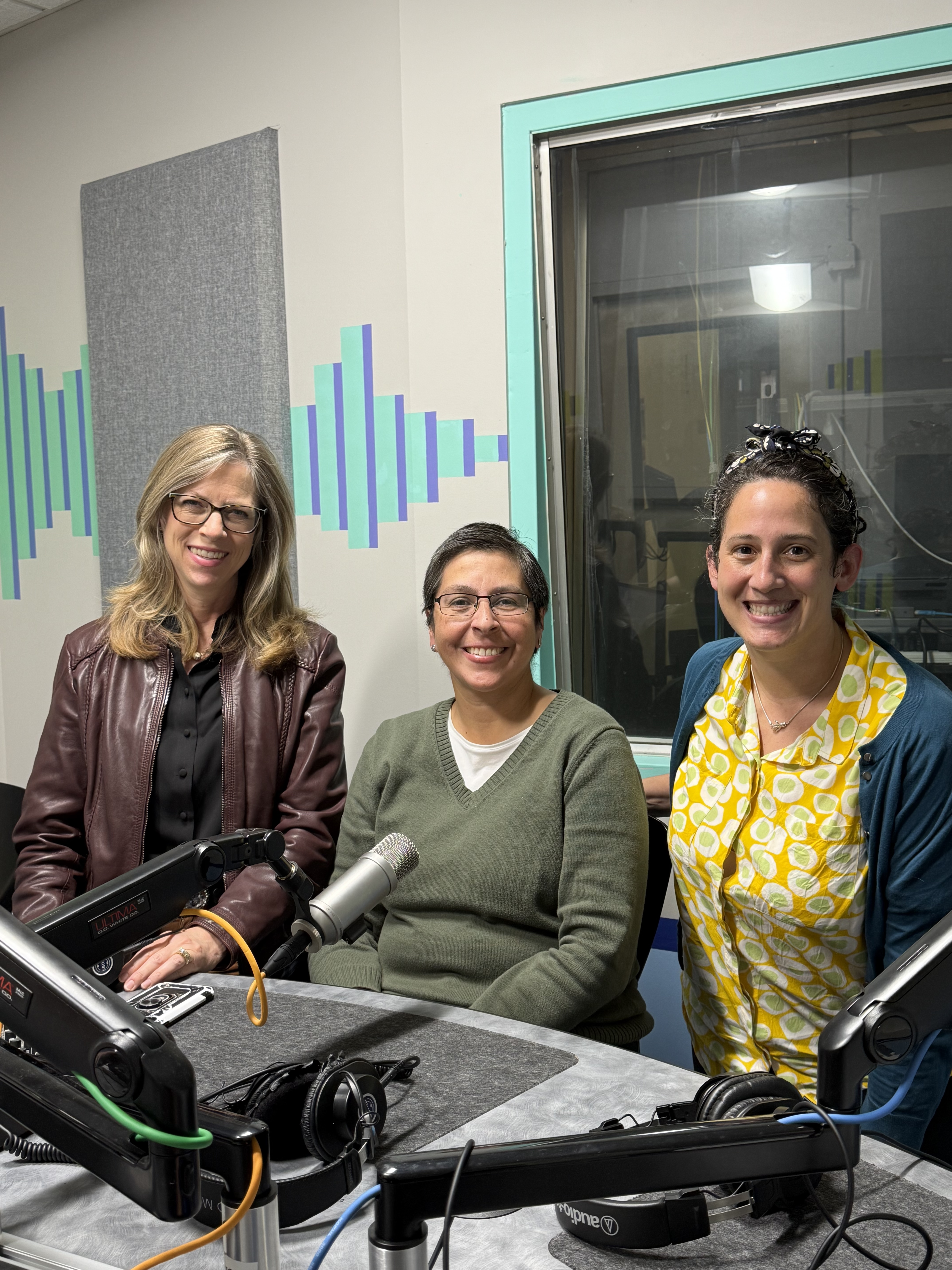

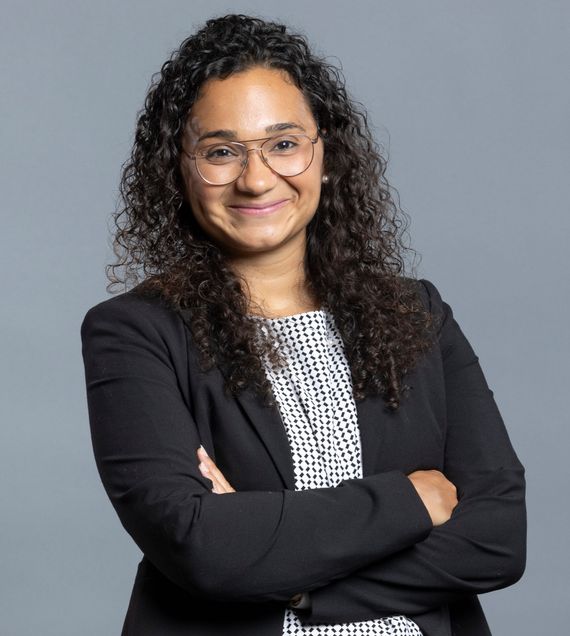 issues, showcasing the power of research to make meaningful contributions. As we look ahead to the next round of funding in Spring 2025, we celebrate the grant recipients and their exceptional work.
issues, showcasing the power of research to make meaningful contributions. As we look ahead to the next round of funding in Spring 2025, we celebrate the grant recipients and their exceptional work.